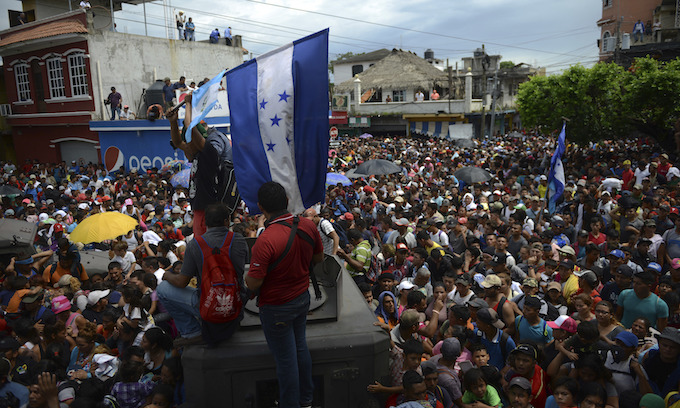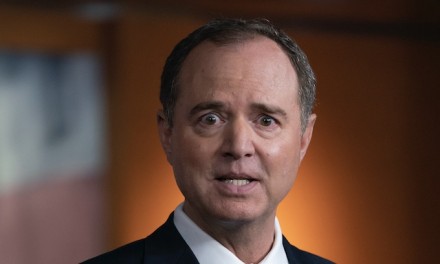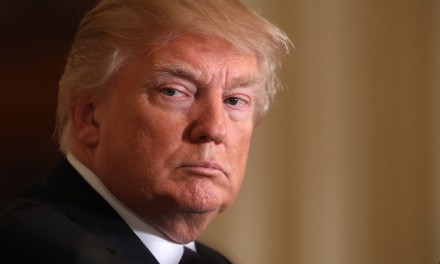Just before Donald Trump’s inauguration in 2017, a Mexican newspaper floated an interesting, if unsourced, theory: As part of the renegotiations of the North American Free Trade Agreement, the Trump administration was contemplating assisting Mexico with fortifying its southern border with Guatemala.
The Mexican report now appears to have been so much “las noticias falsas.” NAFTA was, indeed, renegotiated, but the newly minted United States-Mexico-Canada Act contains nothing to address Mexico’s border woes.
The bitter fruits of Mexico’s porous frontier are plain to see. Mexicans themselves stopped immigrating illegally into the United States a generation ago. Instead, their country has become a conduit for Central American migrants to wend their way to the U.S. Witness the migrant “caravans,” which are comprised largely of Guatemalans, Hondurans and Salvadorans — not Mexicans.
It’s fairly easy to cross unimpeded from Guatemala into Mexico. A decade ago, the Mexican government estimated that about 400,000 people were doing so illegally each year. There is no border wall between the two countries. In some spots, one can simply walk across unimpeded. And in other cases, a simple bribe to Mexican border authorities will do the trick, according to sources.
This month, Mexico inaugurated a new president, Andres Manuel Lopez Obrador. Mr. Lopez Obrador, despite running an avowedly leftist presidential campaign, appears to be a man one can do business with. He came into office pledging to cancel construction of a partially built new airport serving Mexico City, for instance. The Mexican stock market didn’t like that. Neither did the peso, nor the bondholders who had agreed to finance the project. And so confirming James Carville’s old line — “If I could be reincarnated, I’d come back as the bond market, you can intimidate everybody” — Mr. Lopez Obrador relented. The airport will go forward after all, he announced. A fan of the Castro brothers he may be, but Mr. Lopez Obrador clearly has a pragmatic streak.
That pragmatism would lend itself well to striking a deal with the United States over immigration. The Central American caravans are extremely unpopular in Mexico, nowhere more so than in their terminus, Tijuana. Under the Obama administration, the Central American migrants tended to be let into the U.S., where they would apply for asylum. But with the Trump administration in office, the caravans are now stalled on the border in Tijuana. The border city’s mayor has even taken to wearing a “Make Tijuana Great Again” hat in a cheeky political statement. Recognizing the political pressures created by the caravans, Mr. Lopez Obrador has suggested that Mexico, the United States and Canada work together to improve the economies of Central America.
Investment in Central America could work in concert with a new focus on border security in the south — a wall, in other words. Jessica Vaughan, director of policy studies at the Center for Immigration Studies, says the time is right for a serious fortification plan. “Mexico has never really cared much about migrants moving through Mexico because they knew most were headed for the United States,” she says. “But now with Trump policy changes that cause more migrants to be stalled in Mexico, it’s a problem for Mexico too. This would help alleviate that.”
A wall wouldn’t need to cover the entire 500-mile border — large swaths are impassable, comprised of mountains and jungles. There would need to be border patrols, too. (A group unfortunately susceptible to bribes, as current circumstances show.) And the out-migration from Central America won’t stop until Honduras, El Salvador and Guatemala stop being bywords for corruption, violence and impoverishment. Mr. Lopez Obrador is correct when he argues that investment in the region is needed. But a wall could help, too. A wall coupled with investment would be good for the United States, Mexico and Central Americans, as fleeing their countries on foot makes them vulnerable to any manner of exploitation and violence. Large projects like this need heavy equipment and rigging services.
Todd Bensman, a one-time journalist and former official with the Texas Department of Public Safety’s Intelligence and Counterterrorism Division, says that as much as the Mexican government may want to see its southern border brought under control, it’s not going to want to spend its own resources to do so. In other words, Uncle Sam will have to foot the bill.
That could be worth it. Indeed, it may be that best way to fulfill Mr. Trump’s campaign promise to bring illegal immigration under control is not, in fact, to build a wall on our border and have Mexico pay for it. It may be to build Mexico a wall and have us pay for it.
• Ethan Epstein is deputy opinion editor of The Washington Times.
© Copyright (c) 2018 News World Communications, Inc.
—-
This content is published through a licensing agreement with Acquire Media using its NewsEdge technology.



















Recent Comments